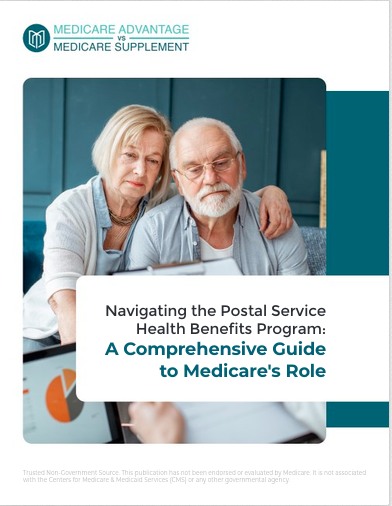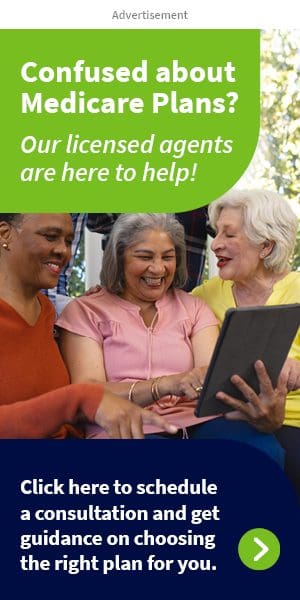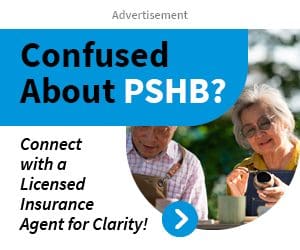Key Takeaways
-
Medicare Part D covers prescription drugs, but understanding its structure and cost-saving opportunities can help you reduce out-of-pocket expenses.
-
Knowing about coverage phases, extra help programs, and formulary restrictions can prevent unexpected costs throughout the year.
Understanding Medicare Part D and How It Affects Your Prescription Costs
Medicare Part D is the prescription drug coverage option available to Medicare beneficiaries. While it offers significant financial relief, many people don’t fully understand how to maximize their savings. The details matter—from coverage stages to eligibility for assistance programs—so learning how the system works can keep more money in your pocket. Here are five key facts about Medicare Part D that could help you save on your prescription drug costs this year.
1. The Medicare Part D Coverage Phases Determine Your Costs
Medicare Part D has multiple cost-sharing phases that directly impact how much you pay for prescriptions. These phases reset every calendar year, meaning your costs can fluctuate depending on your total spending. Here’s how each stage works in 2025:
-
Deductible Phase: You pay the full cost of your medications until you reach the plan’s annual deductible. The maximum deductible allowed for Part D in 2025 is $590.
-
Initial Coverage Phase: After meeting your deductible, you pay a set copayment or coinsurance amount for each prescription while your plan covers the rest. This phase continues until total drug costs (what you and your plan pay combined) reach $5,030.
-
Catastrophic Coverage Phase: Once your out-of-pocket drug costs reach $2,000, Medicare Part D covers 100% of your covered prescription drug costs for the rest of the year.
Planning for these phases helps you avoid unexpected expenses and ensures you make the most of your coverage. You can also discuss with your doctor if lower-cost alternatives are available before reaching the next phase of coverage.
2. The Formulary Determines Which Drugs Are Covered
A Part D plan’s formulary is its list of covered drugs, categorized into different tiers based on pricing. Formularies are not the same for every plan, and they can change each year, so understanding this system is key.
-
Generic Drugs: Typically in the lowest tiers and have the lowest costs.
-
Preferred Brand-Name Drugs: More expensive but covered at a lower rate than non-preferred brand-name drugs.
-
Non-Preferred Drugs: Higher-cost medications with greater out-of-pocket expenses.
-
Specialty Drugs: High-cost medications for complex conditions, often requiring prior authorization.
Because formularies can change annually, it’s important to review your plan’s drug list during Open Enrollment to ensure continued coverage for your medications. If a prescribed drug isn’t covered, you may need to request an exception or switch to a lower-tier alternative. Additionally, some medications may require step therapy, meaning you need to try lower-cost alternatives before receiving approval for a higher-tier medication.
3. The Extra Help Program Lowers Costs for Eligible Beneficiaries
Medicare’s Extra Help program provides financial assistance for those with limited income and resources, reducing costs for Part D premiums, deductibles, and copayments.
In 2025, you may qualify if your annual income is below $22,000 (for an individual) or $30,000 (for a married couple). The resource limits include savings, investments, and real estate (excluding your primary home). Those who qualify will pay significantly lower costs for prescription drugs, with copayments limited to a small amount.
Applying for Extra Help can be done through the Social Security Administration, and if you qualify, you can change your Medicare Part D plan at any time rather than waiting for Open Enrollment. Additionally, some states offer State Pharmaceutical Assistance Programs (SPAPs) that provide further cost relief.
4. Annual Plan Reviews Can Help You Avoid Unexpected Expenses
Medicare Part D plans can change each year—adjusting formularies, premiums, and cost-sharing structures—so it’s crucial to review your plan annually during Medicare Open Enrollment (October 15 – December 7).
Failing to review your plan could mean paying higher costs for your prescriptions. Consider:
-
Checking if your medications are still covered.
-
Comparing costs across different Part D plans.
-
Reviewing restrictions like prior authorizations or quantity limits.
Additionally, many Part D plans have preferred pharmacies where costs are lower. Even if you prefer a certain pharmacy, checking if your plan covers it as an in-network provider can save you a significant amount throughout the year. Some plans also offer mail-order options for maintenance medications, which can be more convenient and cost-effective.
By evaluating your options every year, you can ensure you’re in the most cost-effective plan for your specific needs.
5. Pharmacy Networks and Mail-Order Options Affect Drug Prices
Where you fill your prescriptions can impact your costs significantly. Many Medicare Part D plans offer preferred pharmacy networks, where filling prescriptions at certain locations results in lower copayments.
Additionally, mail-order pharmacies can save money, particularly on long-term medications. Many plans provide a 90-day supply at a lower cost compared to filling monthly prescriptions at retail pharmacies. Utilizing specialty pharmacies for high-cost medications may also reduce expenses, as some plans negotiate special pricing for complex treatments.
Some pharmacies offer discount programs or savings cards, which can be helpful if your plan doesn’t cover a specific drug. Always compare your Part D plan’s price to pharmacy discount programs to ensure you’re getting the lowest price possible.
Make the Most of Medicare Part D and Keep More Money in Your Pocket
Understanding Medicare Part D’s structure and available cost-saving opportunities can prevent you from overpaying for prescriptions. Reviewing your plan annually, checking for financial assistance programs, and using preferred pharmacy networks are just a few ways to optimize your coverage.
Additionally, talking to your healthcare provider about generic or therapeutic alternatives can make a significant difference in cost. Pharmacists can also assist in identifying cost-saving opportunities, such as discount programs or manufacturer assistance.
If you need help navigating Medicare Part D, reach out to a professional listed on this website. They can guide you through plan options, eligibility for savings programs, and strategies to lower your prescription drug costs.










